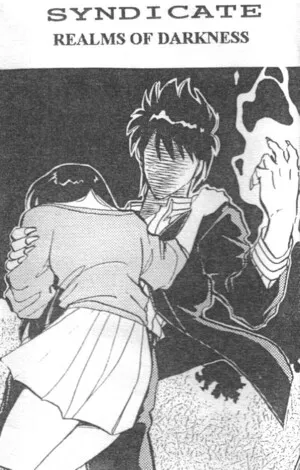Sequencer & tracker is a computer-music meta-genre centered on pattern-based composition using step sequencers and sample-based trackers (e.g., Ultimate Soundtracker, ProTracker, FastTracker II, Scream Tracker, Impulse Tracker, Renoise).
It emphasizes vertical, grid-driven writing with short samples, limited channels, and hexadecimal effect commands. Compositions are stored as modules (.MOD, .S3M, .XM, .IT) that bundle patterns and samples, enabling small file sizes and platform portability. The aesthetic spans from 8/16‑bit microcomputer timbres to more modern, high‑fidelity sample and VST workflows.
Historically tied to the demoscene and game audio, the style covers diverse substyles—electro, techno, jungle/breakbeat, ambient, chip—and is characterized by tight quantization, looped sample instruments, and clever tricks (e.g., arpeggio commands) to simulate harmony and motion under technical constraints.
Step-sequenced electronic music grew in the 1970s with Berlin School approaches to analog sequencers, but the tracker paradigm crystallized on home computers in the late 1980s. In 1987, Karsten Obarski (Germany) released Ultimate Soundtracker on the Commodore Amiga, introducing the .MOD format and the vertical, pattern-based workflow. Rapid iterations like NoiseTracker and ProTracker made module writing accessible to hobbyists and demoscene crews.
On the PC, Scream Tracker (Future Crew) and later FastTracker II (Triton) and Impulse Tracker established new module formats (.S3M, .XM, .IT), more channels, better mixing, and powerful effect commands. Trackers spread via BBSes and demoparties, becoming a lingua franca for demo soundtracks and shareware/game music. Composers such as Purple Motion, Skaven, Lizardking, 4mat, and Necros popularized polished, highly musical modules; game composers like Jesper Kyd and Chris Hülsbeck bridged tracker techniques into commercial production.
With DAWs rising, trackers evolved rather than disappeared. Renoise brought modern sampling, DSP, and MIDI/VST integration while retaining the pattern editor. OpenMPT, MilkyTracker, LSDj, and DefleMask kept module and chip workflows alive on PCs and handhelds. The aesthetic informed chiptune revivals, breakcore/IDM production, indie game soundtracks, and the broader demoscene. The portability of modules remained attractive for constrained platforms and prototyping.
Trackers coexist with DAWs and live-coding tools, prized for precision editing, sample economy, and distinctive groove. The culture persists in demoscene releases, doujin/VGM communities, and retro-inspired OSTs. Even when not using trackers directly, many producers inherit its pattern logic, sample-chopping ethos, and command-driven modulation in modern electronic genres.








